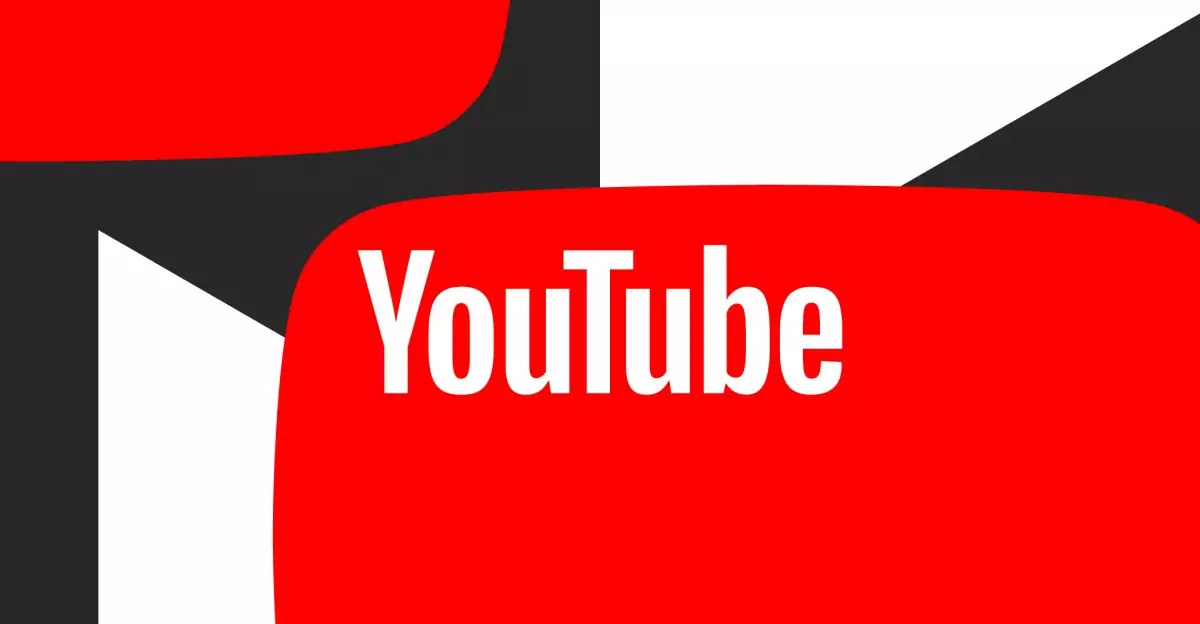YouTube’s recent modification of its content moderation policies signals a significant shift in how the platform balances harmful misinformation and the value of free expression. As reported by The New York Times, YouTube has instructed its reviewers to evaluate videos based on whether their content serves the public interest, even if it contains violations of community guidelines. In an era where censorship is a contentious issue, this move attempts to strike a delicate balance between allowing robust discourse and managing harmful content. Importantly, this transformation reflects not only YouTube’s internal policy adjustments but also a growing trend among social media giants to reassess their approach to moderation.
The criteria for what constitutes public interest are notably broad and encompass a variety of sensitive topics, including political ideologies, race, sexuality, and health-related discussions. By allowing videos that may breach its guidelines to remain online if they provide significant value in terms of public discourse, YouTube is taking a definitive stance: it prioritizes the importance of dialogue in democratic societies. This represents a departure from previous practices that often prioritized stringent guidelines aimed at curbing misleading information.
Implications for Public Discourse and Misinformation
This policy change raises questions about the potential implications for public discourse. While fostering an environment where varied opinions can coexist reinforces democratic principles, it simultaneously poses risks of perpetuating harmful misinformation. The update allows videos that could contain misleading claims, provided that their overall contribution to public discussion is deemed substantial enough to outweigh the risk of harm. This particular threshold has risen from allowing one quarter of content to now include half, which critics may argue could dilute accountability for harmful narratives.
Given the historical context in which YouTube tightened its rules during the Trump administration and the COVID-19 pandemic, the platform now appears to be recalibrating in response to political pressures. This trend could encourage similar policies across other social media networks, potentially leading to a landscape where the line between legitimate discussion and misinformation becomes blurred. In light of recent changes across platforms like Meta, which has also relaxed its standards around hate speech, one wonders whether social media is moving towards a less regulated atmosphere where harmful content can flourish under the guise of free speech.
The Role of Technology and Regulation in Content Moderation
YouTube’s messaging emphasizes the need to protect free expression while minimizing the risk of egregious harm. However, this dual responsibility is inherently challenging and calls into question the efficacy of existing moderation frameworks. The reality is that no system can perfectly calibrate the delicate balance between permissible speech and harmful rhetoric. Content moderation can often lead to charges of bias, subjectivity, and inconsistency, particularly when guidelines are broad and open to interpretation.
Additionally, this shift occurs against a backdrop of legal vulnerability for Google, YouTube’s parent company. With two ongoing antitrust lawsuits by the Department of Justice that could dramatically alter its business model, YouTube may find itself navigating a tricky path in managing both user safety and corporate interests in the face of legal scrutiny. The weight of these lawsuits could further compel YouTube to adopt a more lenient approach in creating content allowances, as moderating based on public interest may foster an allegiance with users who feel stifled by excessive regulation.
Future Challenges and Responsibilities
Ultimately, while YouTube’s shift towards prioritizing free expression brings about a refreshing perspective on content moderation, it simultaneously introduces future challenges. The implications of such a policy change underscore the need for transparency and consistent accountability measures to address potential misinformation and its consequences. Video-sharing platforms must grapple not only with balancing freedom of expression but also with the tangible societal impacts that their content decisions create.
As audiences become increasingly skeptical of traditional sources of news and information, platforms such as YouTube must be mindful of their powerful role in shaping public opinion. The intricacies of social media dynamics suggest that striking an appropriate balance between censorship and freedom will require continuous evolution and vigilant oversight. As this landscape transforms, one thing remains clear: the implications of these moderation policies will echo far beyond the platform itself, influencing broader societal conversations and the foundational principles of free speech.

